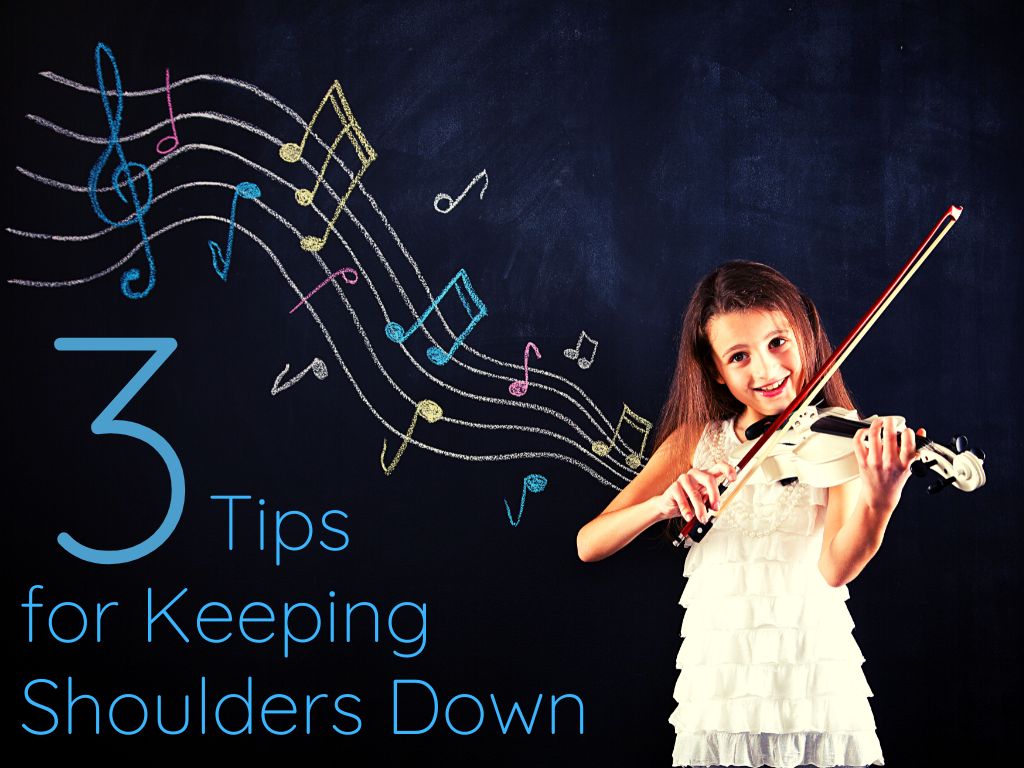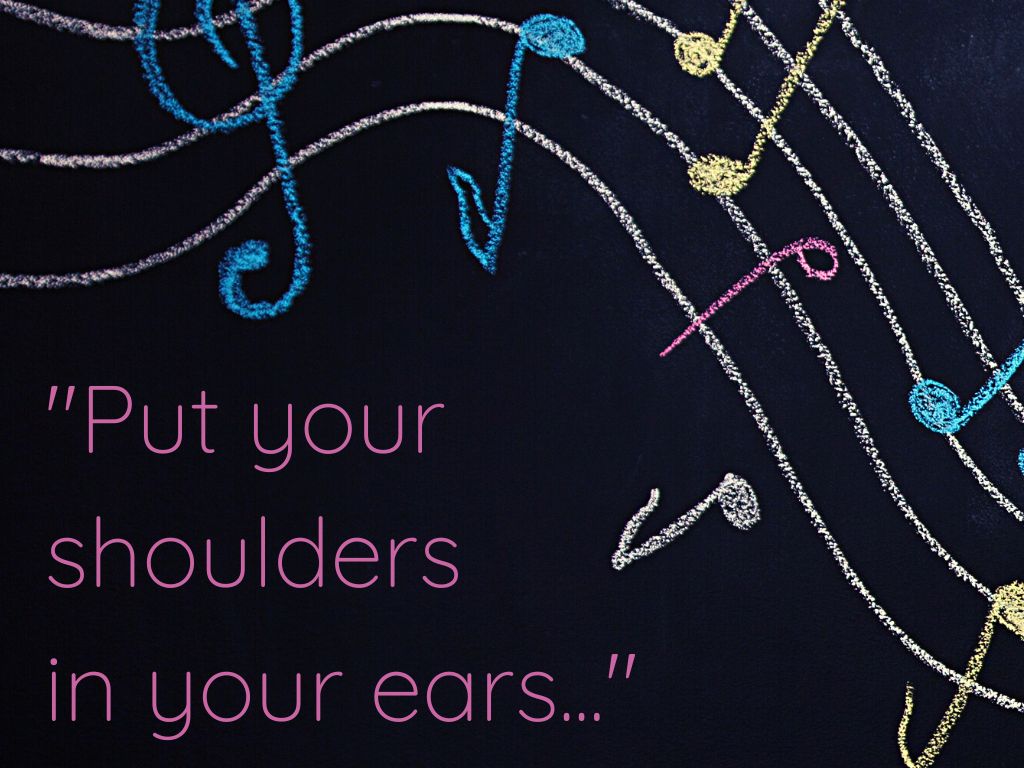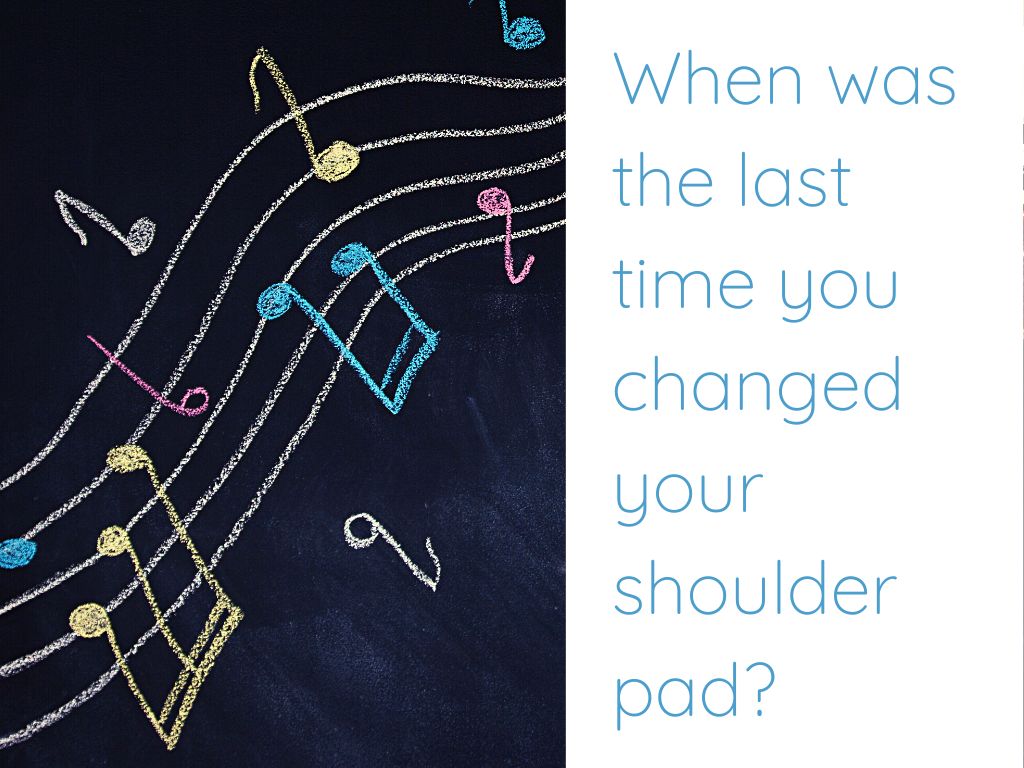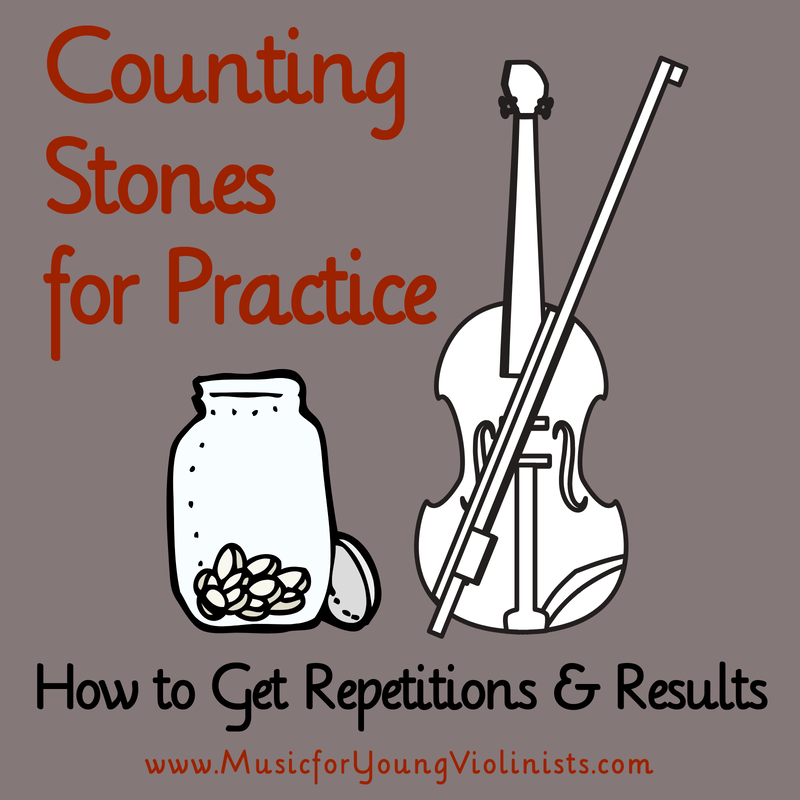|
After spending decades teaching and hours every day watching how the body's posture impacts the instrument's sound, I can not stress enough that the body is the first instrument. One of the most common problems is too much activation in the shoulders. Learn 3 innovative ways to train and teach the release of muscles in the shoulders in this blog post below. When we play the violin, both shoulders tend to tighten up and cause negative issues in our playing. Here are 3 tips to help violinists gain awareness in their shoulders and keep their violin playing healthy. 1- PRACTICE LAYING DOWN This is silly and awkward BUT highly effective. The laws of gravity will help a violinist feel a naturally aligned state in their body when they play laying down. Laying down while playing the violin is an incredible tool for the following three techniques: 1-Teaching the neck to release tension. 2- Supporting the shoulders in finding the base of their sockets. 3- Getting the knees to soften up. Young children love this because it feels like a novelty, however, this practice technique is appropriate for players of all ages and levels. Laying down while playing the violin will create a very unnatural feeling in the bow arm and compromise the sound, but the long-term results of alignment and awareness are more than worth the short-term compromises. 2- TIGHTEN UP: Go to the extreme to build awareness. Tighten up the shoulders as much as possible for 5 seconds and release. I use this verbal cue: "put your shoulders in your ears." After this intense use of muscles, the shoulders will respond with fatigue and rest by staying down in the bottom of their sockets. They may not always stay down for the rest of the lesson or practice session, but this exercise helps develop the necessary awareness to address tight shoulders and fix this problem in violin playing. In addition to creating muscle fatigue and natural inclination to release, this tip will also help a violinist realize the extreme of their range of motion so that they have more control in choosing where their shoulders go when playing. 3- EVALUATE THE CHIN REST AND SHOULDER PAD SET-UP: When was the last time you changed your *chin rest or shoulder pad? Young students with growing bodies have different proportions in their neck-shoulder-arms approximately every six months and, their playing needs are also growing. Chin rests and shoulder pads need to be re-evaluated for younger players on a regular basis because of this continual physical and musical growth. Most of us do not live in a major metropolitan area with a large string supply store to experiment with a variety of gear for our violins. Instead of this, stay up to date and informed of the variety of chin rests and shoulder pads by subscribing to string catalogs (links below). Also, consider the Poly-Pad which I have featured on the “Things I Love” page. This economical shoulder sponge has extra curves than competitors pads and is one of my favorites. When I moved to Oregon 15 years ago I purchased a Poly-Pad in each size and it really helped me individually fit all of my students. Interested in more tips for playing the violin? Below are 3 M4YV tutorial videos on vibrato, pizzicato and bow hold "bunny flips" that share ideas to help you bring out the best in your music making!
How do you help your student keep their shoulders relaxed when they play the violin?
0 Comments
Counting stones are a variation on the abacus. They are easy to make and as simple as getting a jar and 10-20 of your favorite stones (or really, anything that is small, personal and is readily available). You can see a version I made as gifts for my students one year here. Counting stones will help make violin practice successful for the following reasons: 1- Anytime you can make something personal by choosing a unique stone (or sticker or toy, etc...) it will bring a positive connection to the experience. As advanced as the frontal lobes of our brains may be, what drives the show in our life experiences is the unconscious part of our minds. Making a simple positive connection like choosing your personalized counting stones will bring this positive influence into violin practice and help encourage the practice process. Helping to make a positive and personal connection is equally useful for a 5-year-old as it is for a 57-year-old, or in other words, is applicable for all ages. 2- Violinists need ways to release the repetitive stress involved in playing to avoid an injury. Laying practice stones out on the music stand will create a built-in mechanism for regularly relieving the arm from holding the instrument up (of using the left arm). Since I have injured myself in part thru lack of implementing healthy practice techniques such as this, I feel strongly about emphasizing this subject for future musicians to help preserve their music making experience. This led to inviting physiatrist Dr. Lin to do a presentation for my studio informing violinists and their parents about preventing violin related overuse stress injuries. The presentation, The content shared by Dr. Lin in his presentation The Violinist Athlete and Injury Prevention, is concise and solution oriented. 3- Tangible goals and tangible results. I was once teaching a 10-year old student named Julia, who came into her lesson with a look of wonder in her eyes as she stated: "Isn't it amazing that I just move my fingers and arms around and all this beautiful music comes out?!" She perfectly captured the awe of this magical experience of creating invisible art (which is what music is). Other art forms are visible - painting, films, the martial arts, etc... We violinists create invisible art and having something concrete to aid in our process such as counting stones can be useful in tracking progress and bringing a sense of groundedness to our practicing. 4- Optimize practice methodologies. In the correlating video, I show how to use practice stones to create better sequencing in violin practice. Too often students will play thru something 10x but only reinforce the incorrect bowing. With practice stones, a student can lay out an alternating pattern with one type of stone representing doing the correct bowing in the air and the other kind of stone for implementing the proper bowing on the instrument. The Violinist Athlete and Injury Prevention with Dr. Victor Lin Dr. Victor Lin, is physiatrist with the Rehabilitation Medicine Associates of Eugene, gifted educator and parent of a talented young violinist. He created this concise presentation The Violinist Athlete and Injury Prevention specifically for teenage violinists to inform them about the potential injuries violinists are prone to getting and to offer solutions for preventing these injuries. I suggest making these videos a required viewing assignment for any of your teenage students who are practicing more than 1 hour a day to help them have healthy and long violin careers. This 2 part presentation can be viewed by clicking on the video links below along with a summary of the contents. The Violinist Athlete and Injury Prevention, Part 1:
The Violinist Athlete and Injury Prevention, Part 2:
|
Categories
All
Archives
February 2024
AuthorHi! It's me, Heather. I absolutely love working on the Music for Young Violinists project and all the many facets: blogging, website, music, teaching materials, freebies, videos, newsletter and giveaway contests. The best part is connecting with you so feel free to drop me a line. You can learn more about me on the "ABOUT" page. Thanks! |





 RSS Feed
RSS Feed
